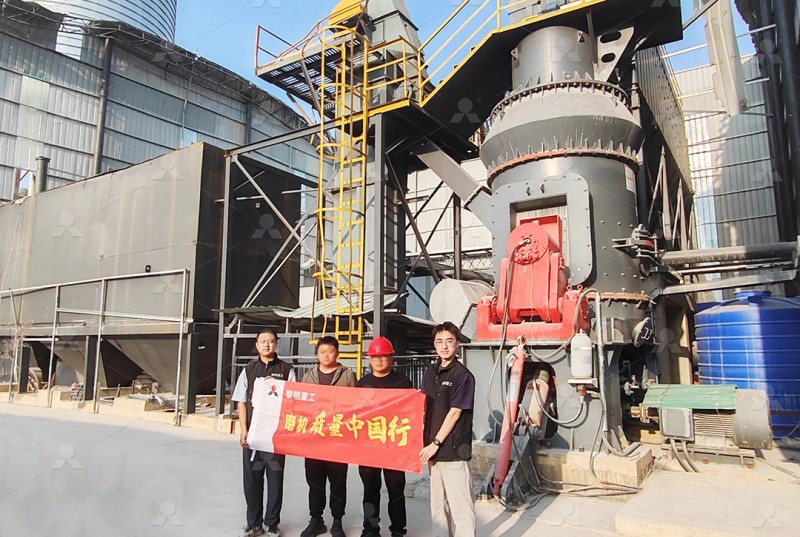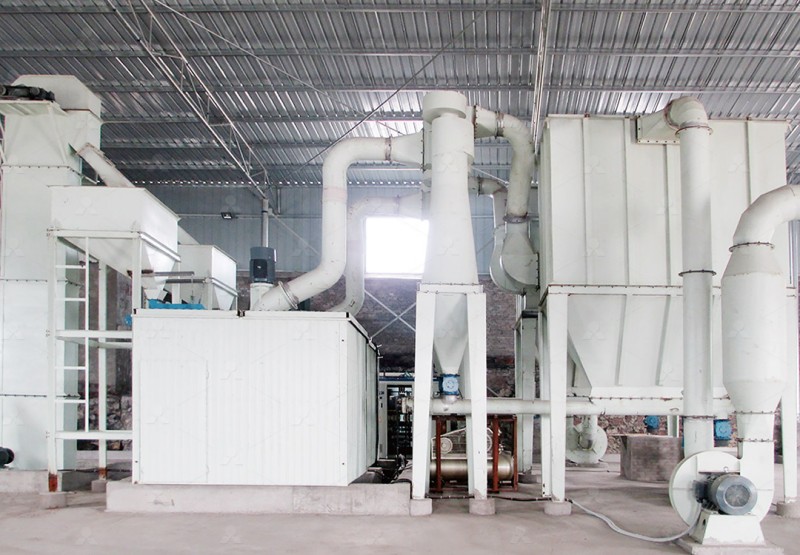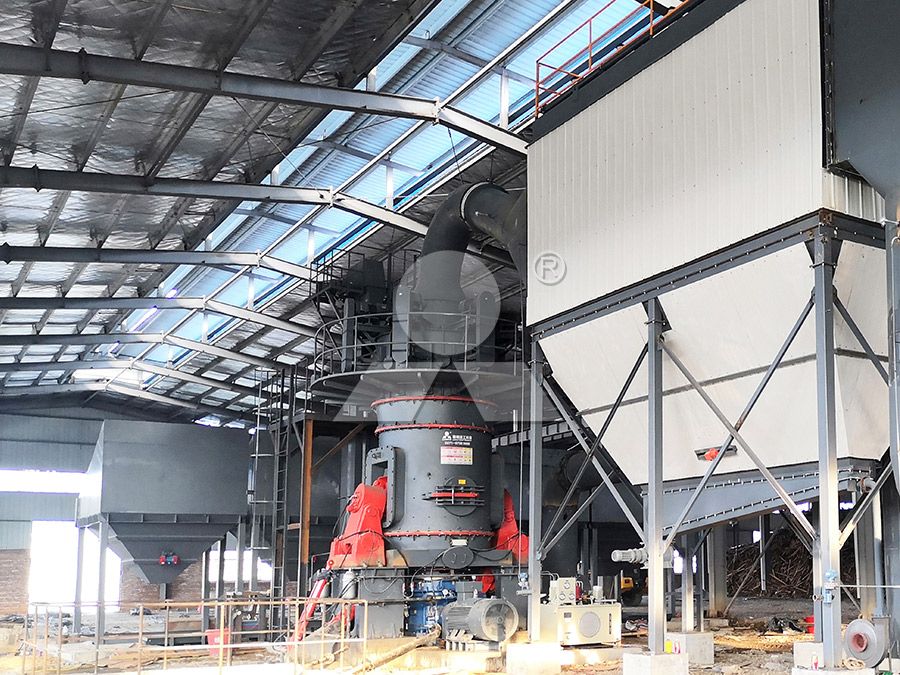Optimizing Ultra-Fine Grinding Processes for Slag Maintenance and Repair
Optimizing Ultra-Fine Grinding Processes for Slag Maintenance and Repair
In industrial operations dealing with slag byproducts, achieving optimal particle size distribution isn’t just about product quality—it’s about maximizing resource recovery and minimizing environmental impact. The challenges of traditional grinding methods often include inconsistent particle size, high energy consumption, and excessive maintenance downtime, all of which directly affect operational efficiency and cost-effectiveness.

The Critical Role of Precision Grinding in Slag Processing
Slag, a byproduct of metallurgical processes, presents unique challenges for grinding operations. Its variable composition and abrasive nature demand equipment that can maintain consistent performance while withstanding harsh operating conditions. Traditional ball mills often struggle with energy inefficiency and inconsistent particle distribution, leading to suboptimal results in downstream applications.
Modern slag applications require precisely controlled particle sizes to ensure proper reactivity in cement replacement, construction materials, and agricultural supplements. The ability to consistently produce ultra-fine powders between 325-2500 meshes becomes crucial for maximizing the value of this industrial byproduct.
Advanced Grinding Solutions for Enhanced Performance
For operations focused on slag maintenance and repair applications, the MW Ultrafine Grinding Mill represents a significant technological advancement. With an input size capacity of 0-20 mm and throughput ranging from 0.5-25 tph, this system is specifically engineered for challenging materials like slag. The innovative design eliminates rolling bearings and screws within the grinding chamber, addressing common failure points that plague conventional grinding equipment.

What sets this technology apart is its German-engineered cage-type powder selector, which enables precise control over final product fineness. Operations can adjust output between 325-2500 meshes while achieving screening rates of d97≤5μm in a single pass. This precision directly translates to improved product performance in slag-based applications.
Operational Efficiency and Environmental Compliance
The integration of efficient pulse dust collection and advanced noise reduction systems addresses two significant concerns in industrial grinding operations: environmental impact and workplace safety. The MW Ultrafine Grinding Mill’s comprehensive approach to dust management ensures compliance with stringent environmental standards while maintaining operator comfort and safety.
From an operational perspective, the external lubrication system allows for maintenance without production stoppages, enabling continuous 24-hour operation that is essential for large-scale slag processing operations. This feature, combined with energy consumption that’s approximately 30% of traditional jet grinding mills, provides substantial operational cost savings.
Practical Applications in Slag Valorization
In practical terms, optimized ultra-fine grinding enables more effective utilization of slag across multiple industries. The consistent particle size distribution achieved with advanced grinding technology improves the pozzolanic properties of slag in concrete applications, enhances nutrient availability in agricultural uses, and increases efficiency in wastewater treatment applications.

For operations requiring higher capacity or dealing with different material characteristics, the LUM Ultrafine Vertical Grinding Mill offers complementary capabilities. With input size of 0-10 mm and capacity of 5-18 tph, this system incorporates Taiwanese grinding roller technology and German powder separation techniques for operations requiring different processing parameters.
Frequently Asked Questions
What maintenance advantages does the MW Ultrafine Grinding Mill offer for slag processing?
The absence of rolling bearings and screws in the grinding chamber eliminates common failure points. The external lubrication system enables maintenance without shutdowns, significantly reducing downtime in continuous operations.
How does the energy consumption compare to traditional grinding methods?
The MW Ultrafine Grinding Mill consumes approximately 30% of the energy required by jet grinding mills and about half that of ball mills while achieving 40% higher production capacity at the same fineness levels.
What particle size range can be achieved for slag applications?
The system can produce powders ranging from 325 to 2500 meshes, with the ability to achieve d97≤5μm in a single pass, providing exceptional flexibility for various slag applications.
How does the equipment handle environmental regulations?
Integrated pulse dust collectors and silencer systems ensure compliance with environmental standards, containing dust pollution and reducing operational noise to acceptable levels.
What is the typical operational lifespan for components in slag grinding applications?
Critical components are manufactured using high-precision numerical control machining and wear-resistant materials, ensuring extended service life even when processing abrasive slag materials.
